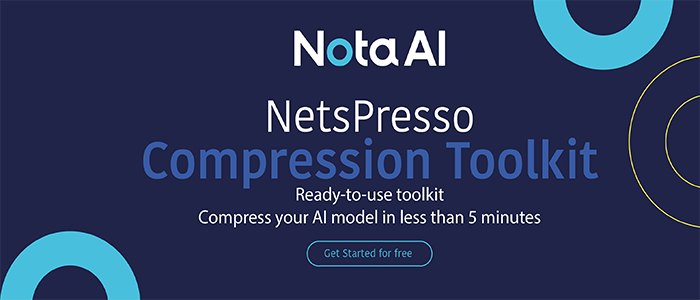Researchers From Oak Ridge National Laboratory Developed A DKL Approach Via Self-Driving Microscopes That Allows The Physical Discovery In The Automated Experiment
This Article Is Based On The Research Paper 'Experimental discovery of structure-property relationships in ferroelectric materials via active learning'. All Credit For This Research Goes To The Researchers 👏👏👏 Please Don't Forget To Join Our ML Subreddit
Microscopes are being taught to drive discoveries using an intuitive algorithm that could lead to new materials for energy technologies, sensing, and computing. Many possible materials can’t be examined with traditional methods. Intelligent automation can help gain new materials and build a repeatable path to unattainable discoveries.
The method combines physics and machine learning to automate microscopy studies to determine the functional features of materials at the nanoscale. From computers and solar cells to artificial muscles and shape-memory polymers, active materials respond to stimuli such as electricity or heat and serve both familiar and new technology. Their distinct characteristics are linked to atomic structures and microstructures visible with sophisticated microscopy. However, developing effective strategies to pinpoint regions of interest where these traits appear and may be examined.
Scanning probe microscopy is valuable for investigating structure-property connections in functional materials. Instruments use an atomically sharp probe to scan the surface of materials to map out the structure at the nanoscale scale—one billionth of a meter. They can also detect reactions to various stimuli, allowing researchers to learn more about polarisation switching, electrochemical reactivity, plastic deformation, and quantum events. Today’s microscopes can scan a nanoscale square grid point by point, but a single substance’s operation takes over days.

While one usually knows the physical processes they want to study, locating these regions of interest is a significant bottleneck. The objective is to educate microscopes to actively seek intriguing physics locations that are far more efficient than a grid search. Scientists have turned to machine learning and artificial intelligence to tackle this difficulty, but traditional algorithms require massive, human-coded datasets and may not save time.
The procedure blends human-based physical reasoning into machine learning approaches. It starts with tiny datasets—images taken from less than 1% of the sample—for a better approach to automation. The algorithm chooses places of interest depending on what it learns throughout the experiment and external knowledge.
A method was presented utilizing scanning probe microscopy and applied to well-studied ferroelectric materials as a proof of concept. Ferroelectrics are reorientable surface charge functional materials used in computation, actuation, and sensing applications. Scientists want to know how the quantity of energy or information these materials store is related to the local domain structure that governs this attribute.
The automated experiment determined which topological faults these values are optimal for. The takeaway is that the methodology was applied to well-known material systems in the scientific community and resulted in the fundamental discovery, something previously unknown, very quickly—in this case, within a few hours.
The results were orders of magnitude faster than traditional procedures, indicating a new approach to intelligent automation. Rather than educating computers only on data from prior trials, this method educates them on thinking like researchers and learning. The process is based on human intuition. It acknowledges that many material discoveries have been gained via researchers’ trial and error, depending on their skills and experience.
While the main focus was on scanning probe microscopy, the technique may be adapted to various additional experimental imaging and spectroscopic methodologies available to the general public. To learn more, refer to the published paper.
Paper: https://arxiv.org/pdf/2108.06037.pdf
Source: https://techxplore.com/news/2022-05-self-driving-microscopes-shortcuts-materials.html
Credit: Source link


Comments are closed.